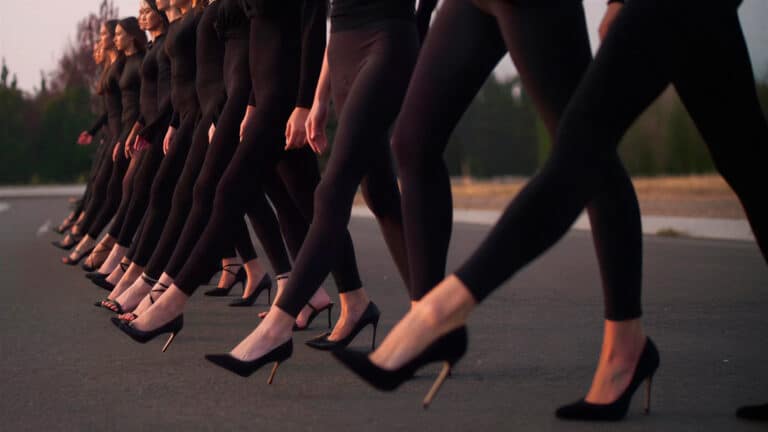The coronavirus isolation caused people to reconsider views on housing: the apartment has ceased to be a territory that’s used primarily for sleeping, eating and storing things. Apartments became places to work, study and even train. Many residents of apartment buildings have acutely felt the need for movement, privacy and fresh air, and as soon as quarantine restrictions eased and real estate transactions resumed, they began to change apartments for houses or buy country houses as their second residencies.
«Demand for houses, as well as land plots, has increased greatly – tenfold for sure, I believe. Those who had apartments put them up for sale or exchange for a house, and those with free money bought houses as second properties in order to move there in the event of the next wave of the pandemic,» observed Vyacheslav Vainshtok, head of the luxury and commercial real estate department in the RIA Light Premium estate agency.
«When people were forced to isolate in confined spaces, the demand for suburban homes increased by 15-20%. The need for movement and fresh air proved to be extremely important. A house with a land plot satisfies this need beautifully, in contrast to an apartment,» noted Evgeniya Gutsalyuk, realtor of the highest category and residential property specialist at Grand Estate Company.
According to the experts from Grand Estate Company, buyers are interested not only in houses in the price range from $23,800-$47,600 to $120,000, but also mansions for $166,000 and above, which before lockdown had often stayed unwanted for a long time.
The geography of suburban real estate
In Almaty, houses in the foothills are traditionally popular, and the higher the better. With walks in the mountains becoming a luxury, the importance of houses located in the mountains and with walking access to rivers has increased even further. But in addition to the southern direction, the lockdown has also drawn buyer interest to the west, towards Kaskelen, and to the east, towards Talgar and Issyk.
When choosing the location of a future home, buyers pay attention to transport accessibility and infrastructure development: whether or not there are grocery stores, bank branches, cafes and fitness clubs. Having a pharmacy and a medical facility nearby is also a significant deciding factor now.
Closed cottage townships with their own infrastructure suit these requirements best. Areas outside of cottage townships and central highways are also popular – provided there are good roads, wide lanes and infrastructure within walking distance.
As for houses located in secluded areas, they aren’t as popular among customers.
Functionality and democratic price
According to realtors, currently the biggest demand is for small, functional houses up to three floors high with an area of 2,150-4,300 square feet, with a plot of at least 8,600 square feet, an asphalt driveway and parking for two or more cars. On the ground floor, there is usually a spacious living room, separate kitchen and dining room, a guest room, a guest bathroom and a veranda for outdoor recreation.
On the second floor, there are usually master bedrooms with a private bathroom, a children’s room and an office. The basement floor is often reserved for technical rooms, a utility block and play areas.
A house needs to have a central sewage system and gas heating. A bathhouse or a sauna with a swimming pool provides additional value.
These days, designers make new housing projects mainly in a laconic and comfortable European style; piling up furniture is considered bad taste. This is exactly what a modern Kazakhstani buyer of suburban property wants – even lovers of the classical style are switching to neoclassicism or modernism, according to Vainshtok. «People are quite fed up with the classical style. Very often, as early as during telephone talks, they ask to show houses without huge columns, cut-glass chandeliers, gold and stucco moldings,» said the expert on luxury real estate.
The popularity of gigantic houses with an area of more than 4,840 square feet and large plots has fallen: to maintain such objects in proper condition requires additional personnel, while utility and other costs can reach a few thousand dollars a month. Modern buyers are not attracted by the previously fashionable marble and carved wooden stairs, huge walk-in wardrobes, home cinemas, billiard rooms, cigar rooms and wine cellars – everything that is not very functional or takes up too much space but is rarely used.
«Lately, due to the less than stellar economic situation, people are trying to give up unnecessary luxuries,» commented Vyacheslav Vainshtok.
«We see that luxury real estate is cutting unused space. There are fewer houses built with an area of over 10,700 square feet. At the same time, higher requirements are imposed on housing in the middle price segment. Having separate rooms with clear functions – a living room, a bedroom, a children’s room, an office, two or more bathrooms – will make an option preferable over others that do not have these zones,» said Evgeniya Gutsalyuk.
A house will not find its buyer easily in case it’s too small, as well – up to 1,600 square feet, with small rooms and a cramped kitchen, narrow corridors and low ceilings, a steep and inconvenient staircase and a plot of less than 8,600 square feet. Other shortcomings include: intended use of land for gardening or farming, lack of gas and central sewage, an attic with sloped ceilings, remoteness from central highways, and dirt roads.
According to experts, huge houses with overly niche rooms (such as a home cinema, a cigar room or a wine cellar) will retain a certain market share. But the COVID-19 crisis will likely strengthen the trend towards area reduction in favor of rationality as well as increase value of separate rooms, offices, interior gardens and gyms for the buyers.













